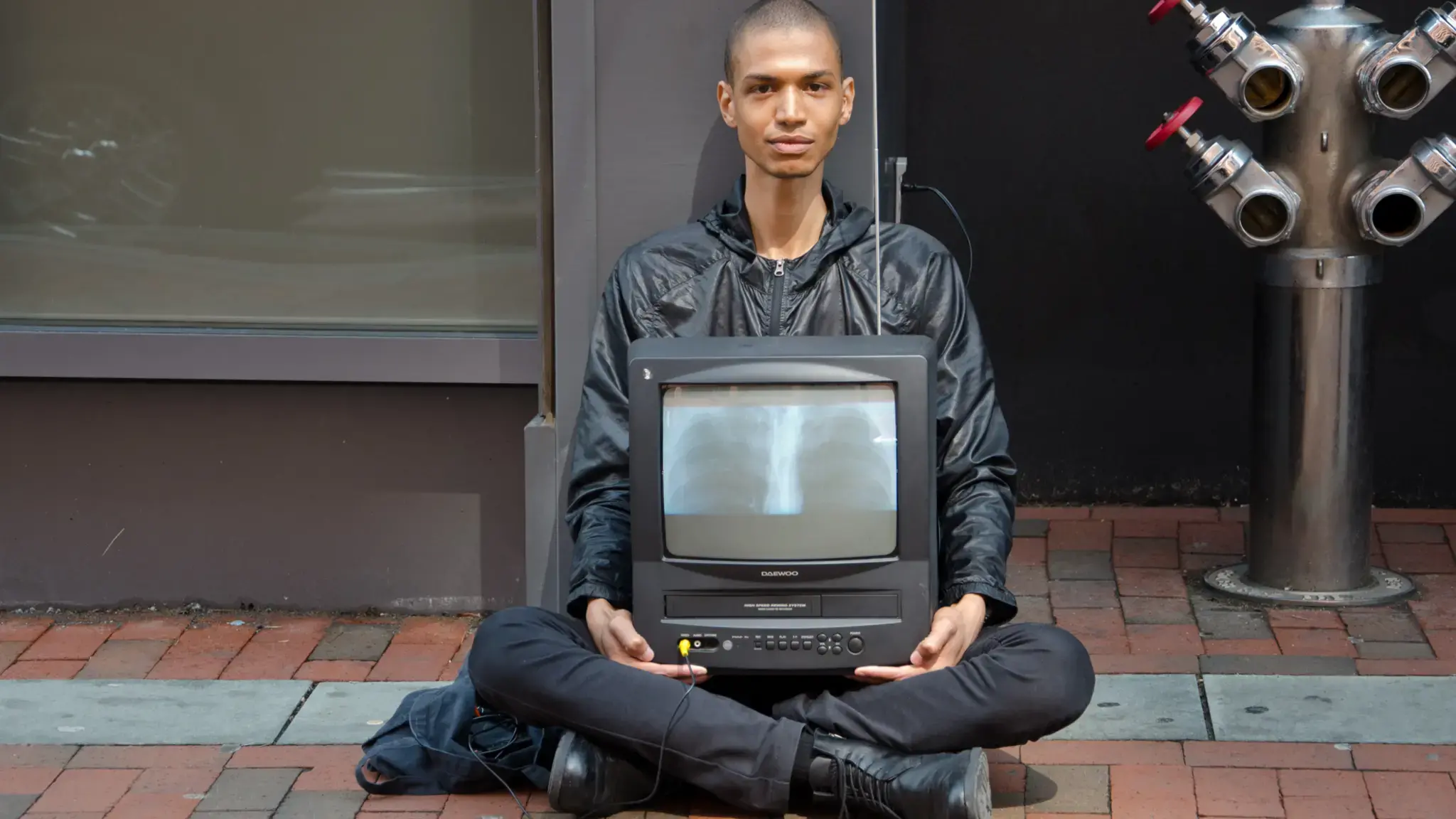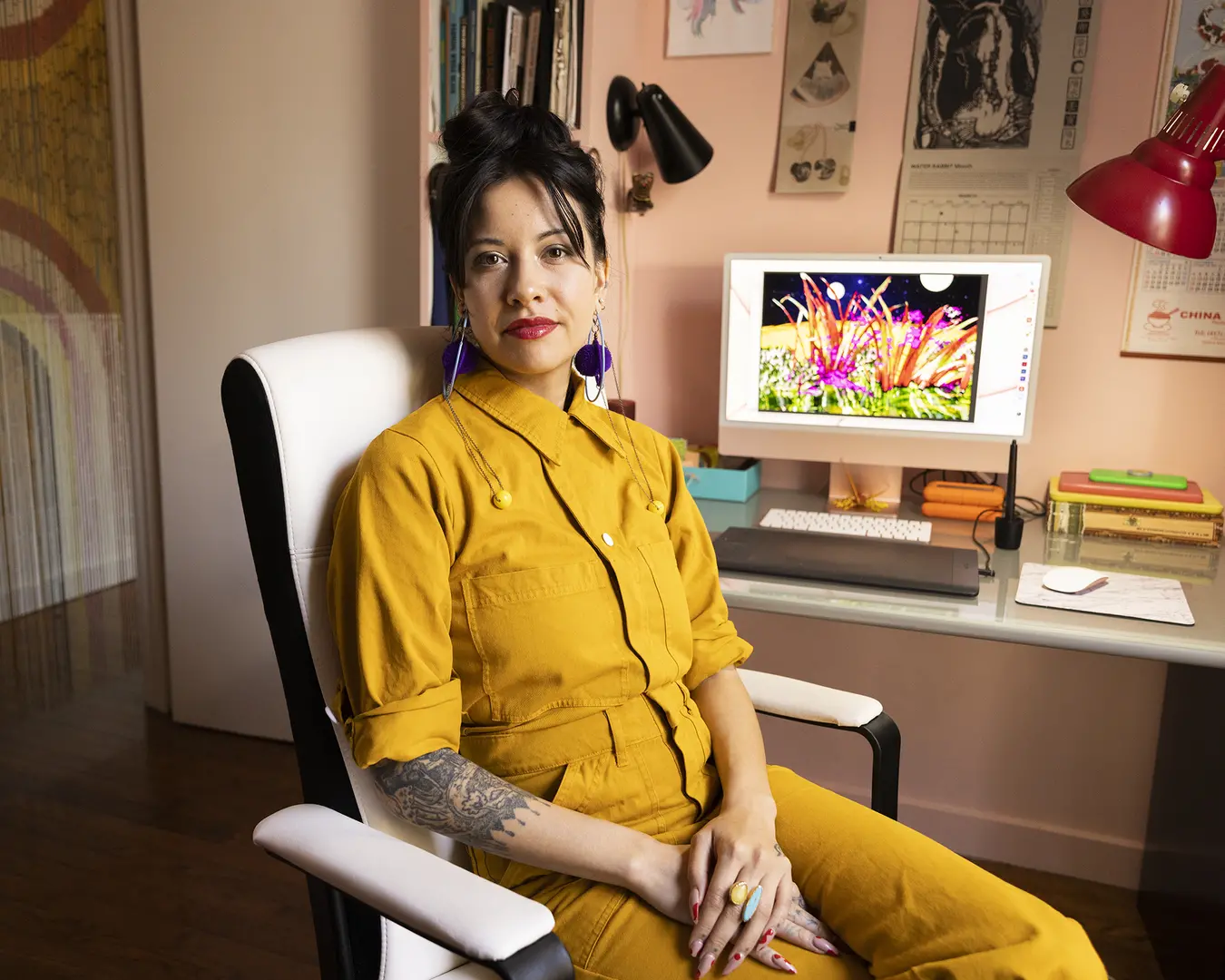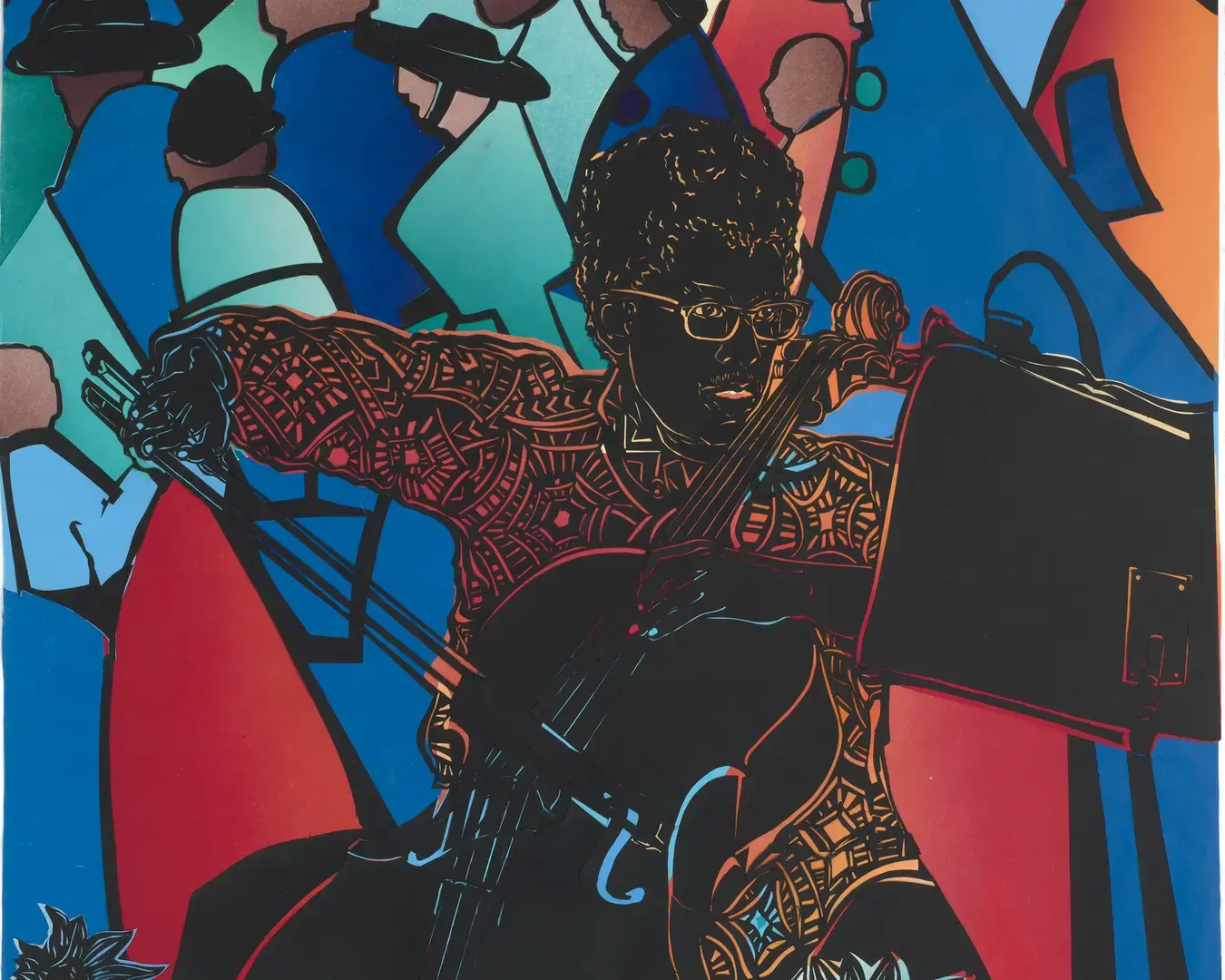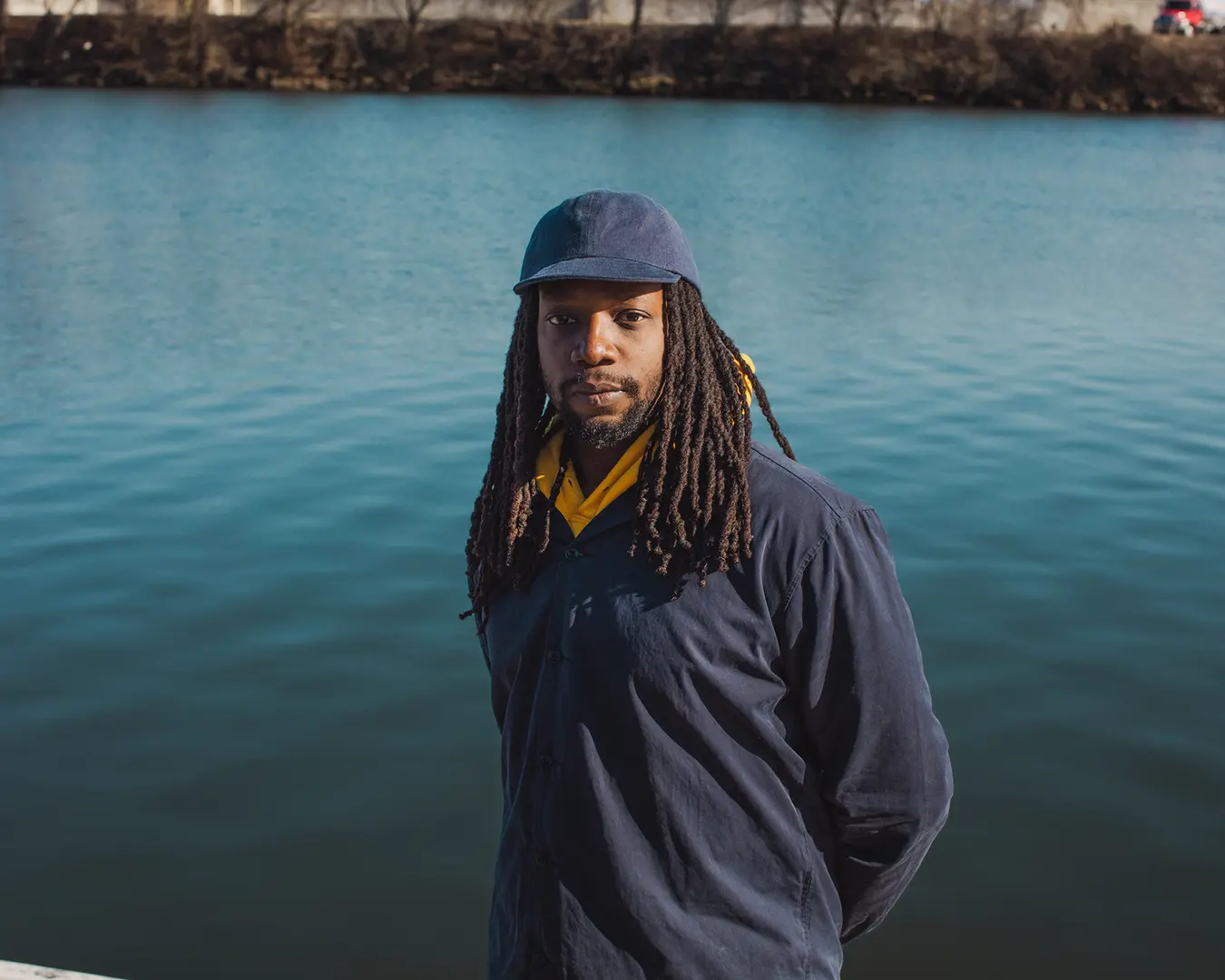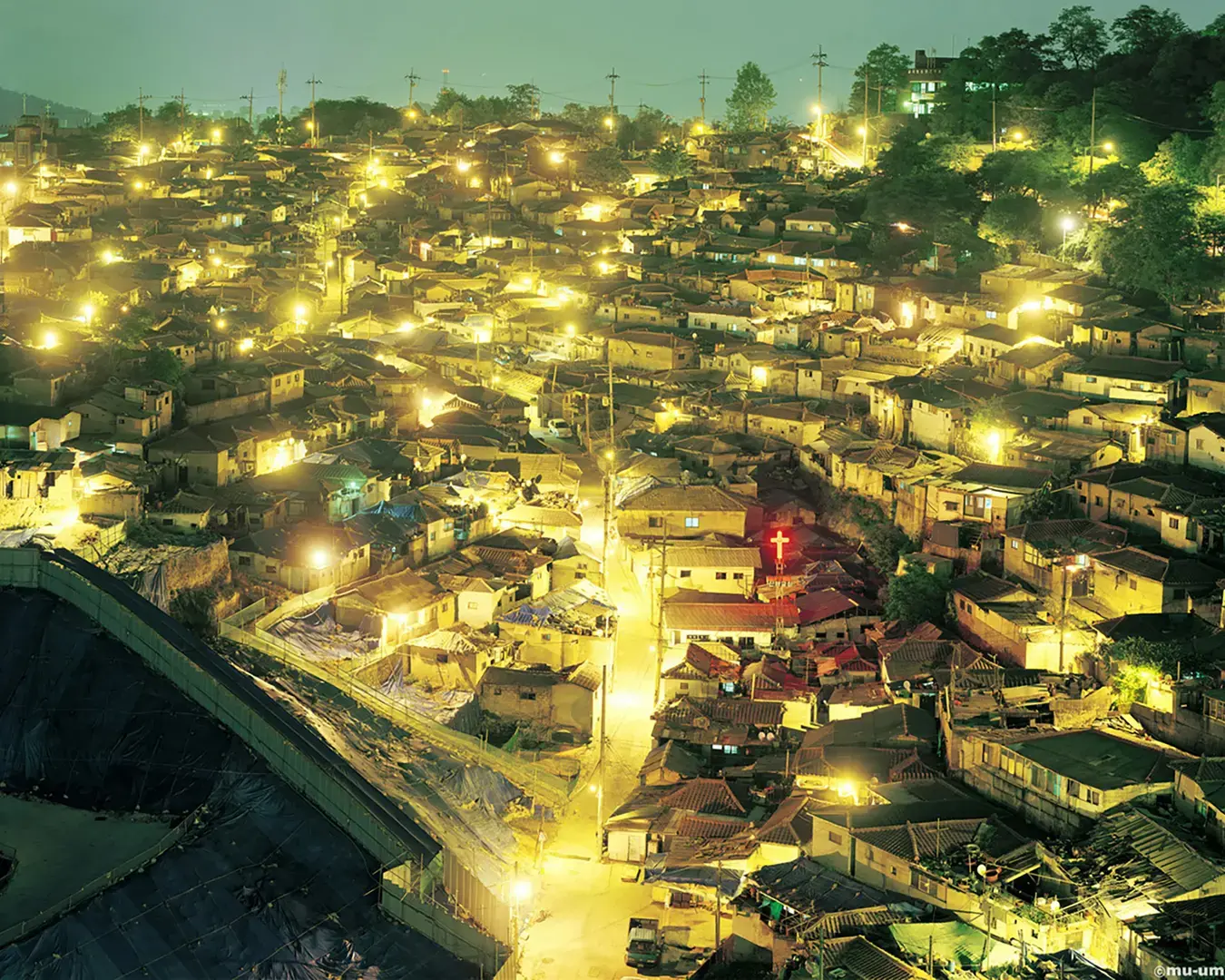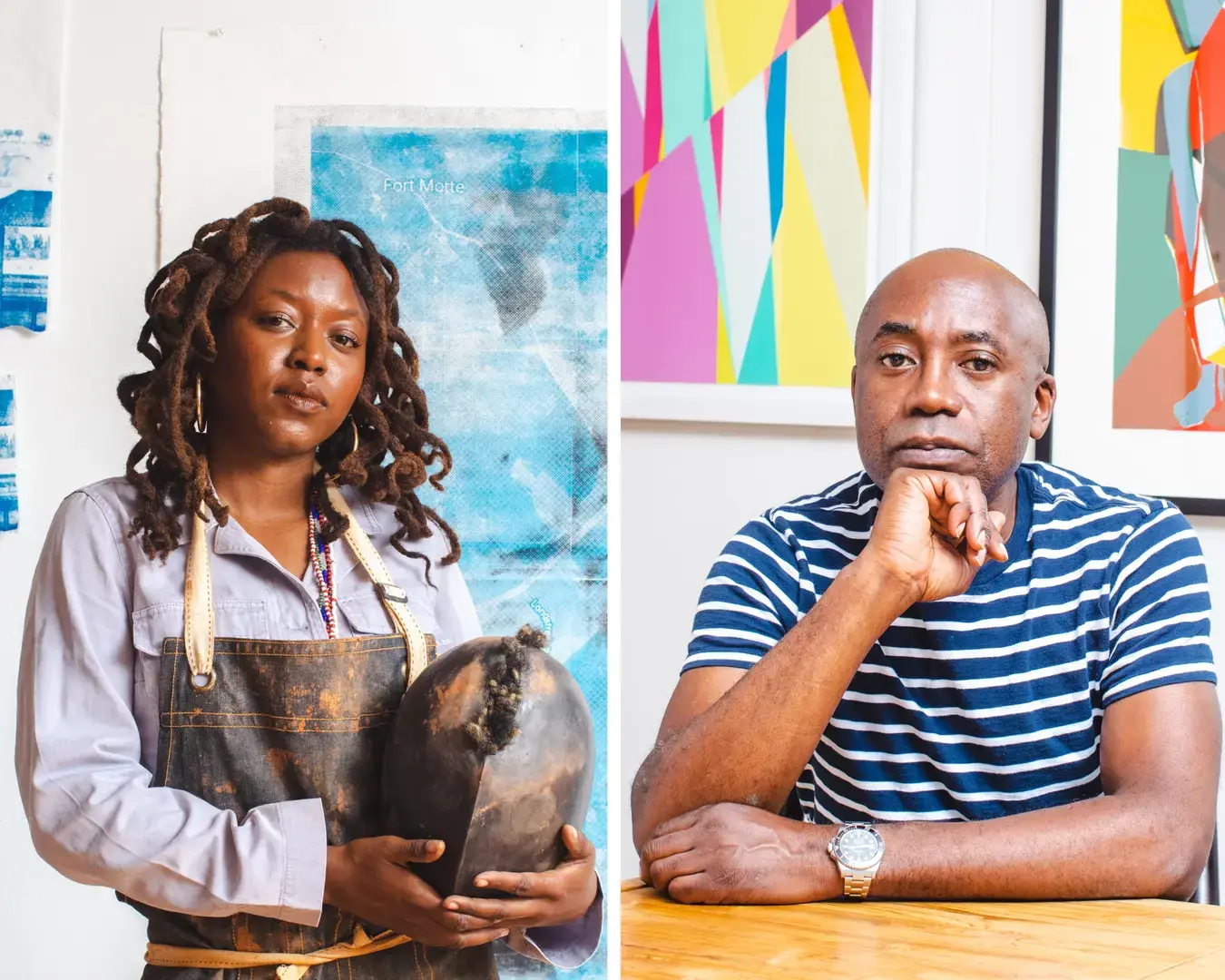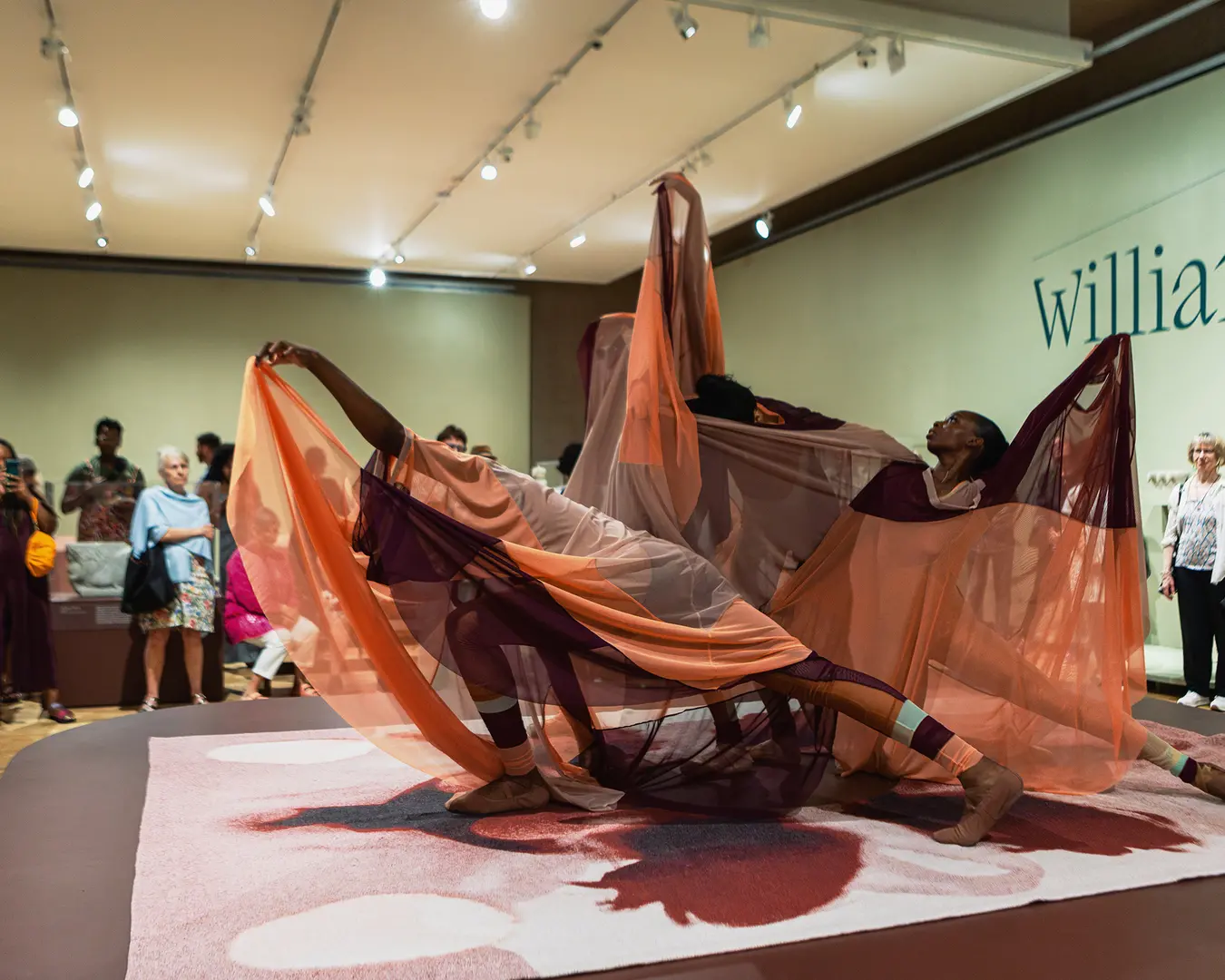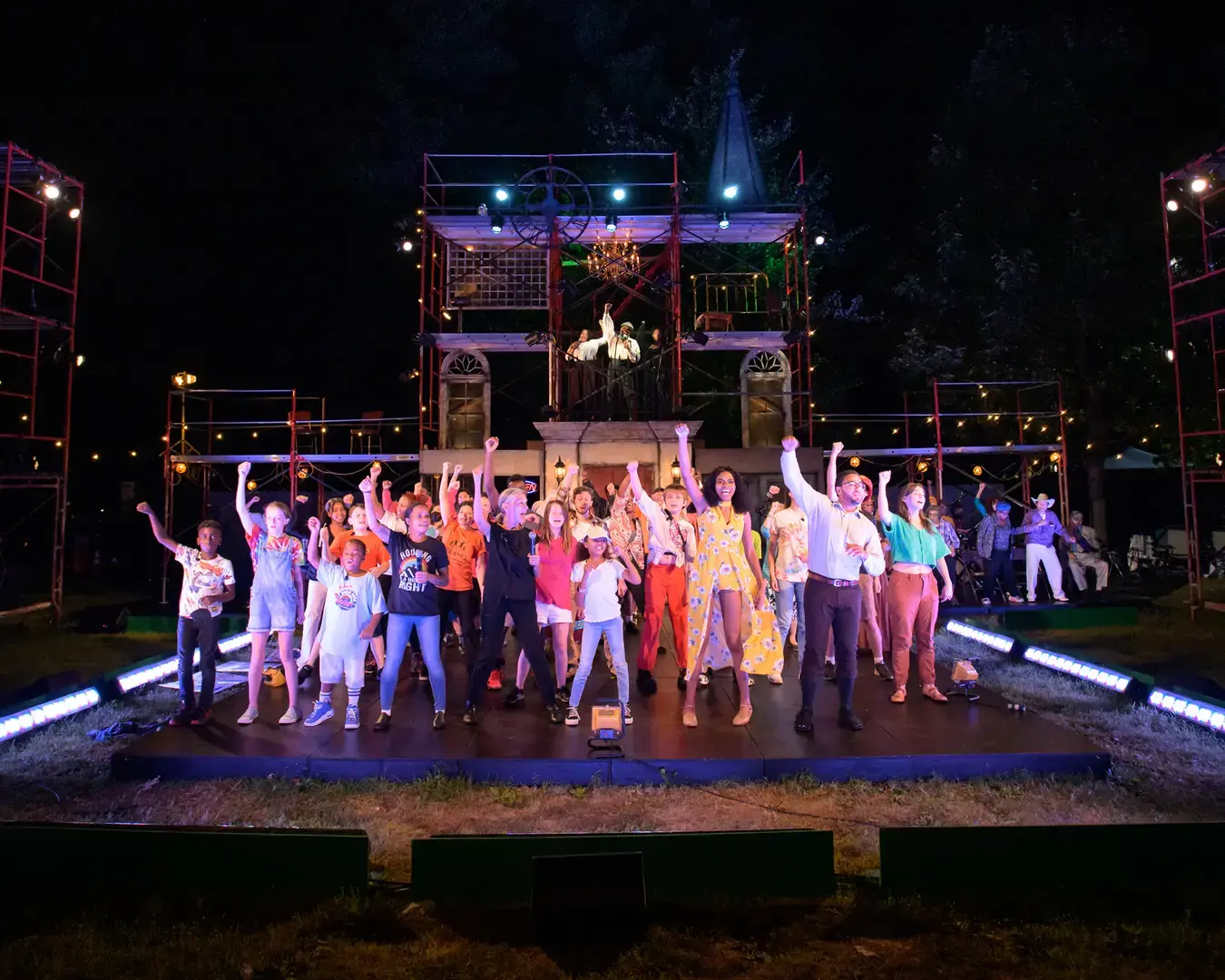Our Pew Fellows interview series focuses on the artistic lives of our Fellows: their aspirations, influences, and creative challenges.
This week, we speak to Wilmer Wilson IV (2017), who works across mediums including performance, sculpture, collage, video, photography, and installation to explore the nature and social value of ephemera and bodily presence in public spaces. Appropriating everyday objects that constitute, in the artist’s words, “the marginal shadows of collective life's grand narratives,” Wilson works with materials such as paper bags, staples, stickers, postage stamps, and discarded lottery tickets. His work has been presented at the National Portrait Gallery, Museum of Fine Arts, Boston, The Barnes Foundation, and, most recently, in the 2018 New Museum Triennial and the 2018 Armory Show.
How did you become an artist? Is there a particular experience that drove you to this choice?
Art came to me at a time when other modes of communication had failed me. It gave me permission to do gestures that might be able to hold the contradictions of embodied experience. I had casually made art here and there before, but it wasn’t until I took a photography class in high school that I was able to understand its usefulness, and that happened almost instantly. It really felt like a necessity to make art, rather than a choice, and it still does.
What is your daily art-making routine?
I organize my routines by week more so than by day. I am not very good at multi-tasking, so having long blocks of time is the only way I can productively engage with a particular thing. I will do a full week of reading, or spend a week in the studio, or take a week to synthesize thoughts into language, or take a week to have conversations with friends and strangers. Perhaps the one consistent routine is walking, around the city or elsewhere. It’s a time when I can let things process internally and also take in things happening outside of my controlled space that couldn’t be imagined or anticipated. It helps me get out of my own ruts of thought.
Your work often engages with bodies and objects in public places. How do you think about your work, and the viewer’s experience of it, in public spaces versus in a gallery/museum setting?
I think art (which includes its historical institutions) is a useful framework for generating gestures that diverge from everyday patterns of being. But I feel strongly that in order to retain any destabilizing social potential, art then has to re-establish contact with the everyday. The most exciting, urgent, and relevant works are the ones that can be on the fence about what they are—maybe they’re art, maybe they’re not. Outside of art institutions, it is easier to access the moments (however short) where a work of art is not perceived as such. How else might such gestures be used or interpreted, beyond being art?
What images or things keep you company in the space where you work?
I don’t like to valorize the spaces in which I work, because I want to stay flexible and disciplined enough to continue working even in places or times that don’t seem ideal. I will say that I enjoy being surrounded by the right amount of clutter. Both my cleaner workspace and my studio are basically filled with publications, paper, prints, tools, wood, fabric, salt blocks, dishwashing racks…
What was the first work of art that really mattered to you? Did it influence your approach to your work?
My mom, Holly Seon-Wilson, has consistently made and shown work for as far back as I can remember. During my childhood, she employed a spare compositional sensibility and an unusual application of watercolor on canvas to interpret the performances of her favorite jazz musicians. We would always have a good laugh when the occasional viewer would see her work and indignantly walk away remarking, “my kid could do that!” Some people just couldn’t “make sense of” the abstracted ways she painted her figures. Being immersed in her innovative style growing up, I never acquired the belief that the most literal representational modes inherently created a richer or more objective experience of their subjects than those that were less direct. This mistrust of icons is one of the animating tensions in my work.
